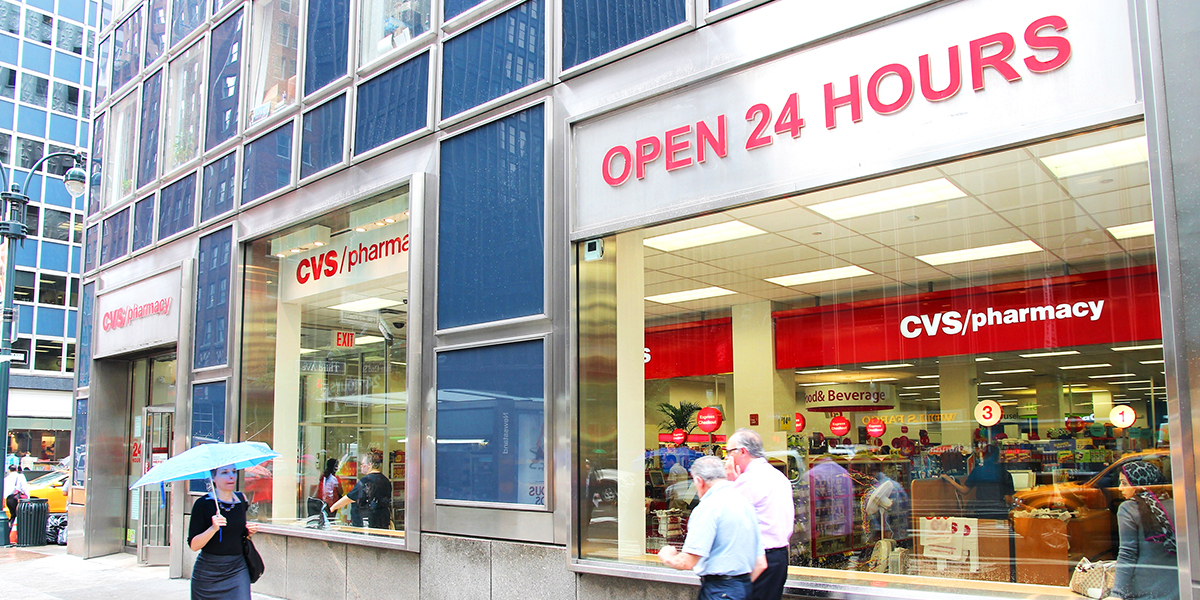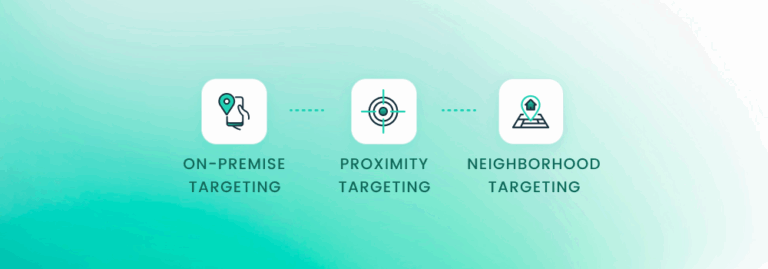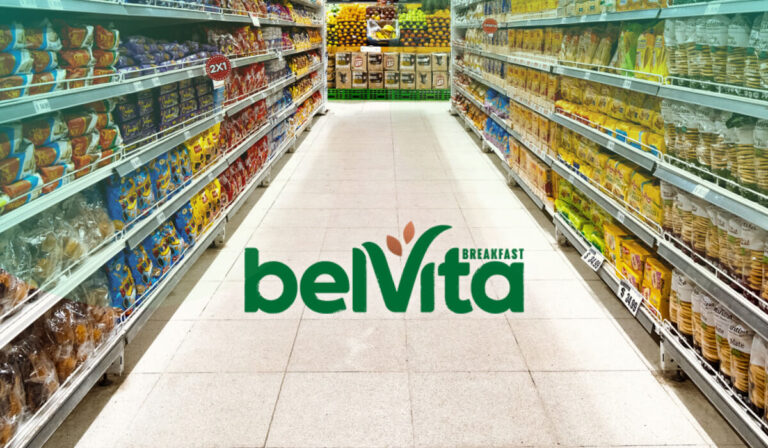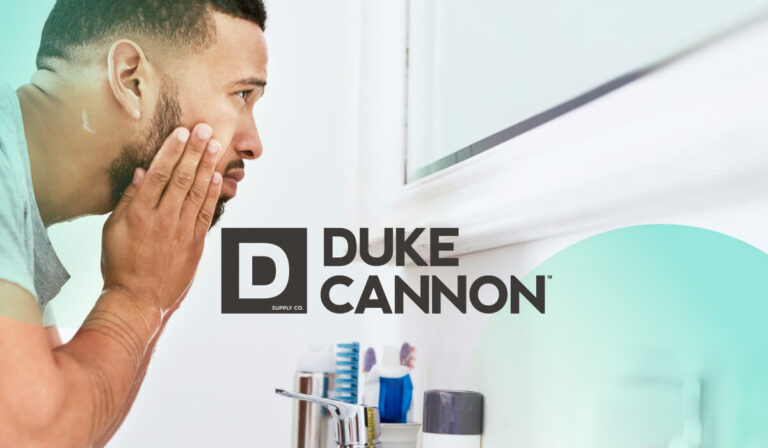Medical care costs are rising even faster than doctor’s appointment wait times – both signs that the CVS-Aetna merger comes at just the right moment. Consumers who have grown used to customized and convenient service in industries, thanks to the rise of location services which have changed how consumers shop, bank, and even hail a cab, are now looking for similar treatment from their healthcare providers.
To see how this merger would impact consumer behavior, GroundTruth analyzed foot traffic data and surveyed over 200 current Aetna subscribers, finding that convenience and location are key drivers for customers, though in different ways for Millennials and for Baby Boomers.
Rising to the challenge
Consumers’ focus on convenience is a natural outgrowth of changes within the healthcare industry. With the introduction of the Affordable Care Act, patients learned to shop for healthcare deals. In response, hospitals instituted measures such as loyalty programs, websites like Zocdoc rose to allow patients to rate and review their doctors, and physicians’ practices grew more consumer friendly.
In learning to navigate this changing healthcare landscape, consumers have grown more savvy. They are less willing to spend hours sitting in waiting rooms or to put up with doctors who aren’t responsive to their needs. To remain competitive, companies across the healthcare spectrum have had to make customer convenience a priority. GroundTruth employees can attest to this. Our company provides complimentary memberships to One Medical Group, a concierge medical practice that promises no wait times, allows you to book appointments via their app, and access 24/7 virtual care.
This trend is now evident in the proposed merger of CVS and Aetna, which, if approved, would create a new paradigm. Drug stores are already one-stop shops for many things, including hardware, groceries, and makeup, in addition to medication. Now CVS is taking that convenience factor a step further by turning those stores into local “health hubs.” In addition to shopping for their home and health needs, CVS-Aetna customers will be able to access medical care and feel confident that it comes under the umbrella of their insurance company.
That’s important. Knowing services are covered is the most important factor for Baby Boomers in choosing a pharmacy. Of the Boomers surveyed, 48% said that knowing a pharmacy accepts their insurance is their top criteria.
That could make the CVS-Aetna merger good news for CVS. Boomers are 19% more likely to visit a Rite Aid than any other pharmacy, and 11% more likely to visit CVS. Given the importance of being in-network for this cohort, the merger could drive Boomer traffic to CVS.
For Millennials, on the other hand, proximity to home is the primary driving factor. 60% of Millennials cited proximity as the main reason they choose a pharmacy, followed closely by 45% who cited convenience.
Millennials favor Walgreens over either CVS or Rite Aid, with 26% of urban Millennials saying they are more likely to shop at a Walgreens than at either of its two major competitors. The Aetna merger might help lure them back.
There are other reasons Boomers are more likely to take advantage of the CVS-Aetna merger than are Millennials. They are the group that most often visits walk-in or urgent-care clinics, with 55% of them having visited one, as opposed to only 38% of Millennials. That makes CVS’s proposed “Doc in the Box” and urgent care services particularly appealing for Boomers. According to the survey, people in the Northeast visit urgent-care and walk-in facilities at a higher rate than do patients in other parts of the country.
A boom in convenience
Today’s consumer wants to get things done as quickly and effortlessly as possible — to wit, the success of Amazon pop-up shops, which provided brick-and-mortar outlets for goods also available online. If a consumer can get several tasks finished at one physical location, great. And if that merger makes the complicated healthcare process a little simpler? Even better. The marriage of CVS and Aetna will allow customers to accomplish both.
CVS and Aetna are also strongly positioned to attract a greater share of their Boomers audience’s business. But to capture the Millennial audience, the new company will have to respond to their needs, perhaps by increasing its presence in urban areas where it can create up-sell opportunities. The newly joined company will have to consider this and many more factors that come with harnessing the power of location to offer hybrid healthcare experiences in an age of increased convenience.
And of course, we’ll be keeping our eye on Amazon, who not only is interested in disrupting retail, but seems to be setting its sights on healthcare too.





